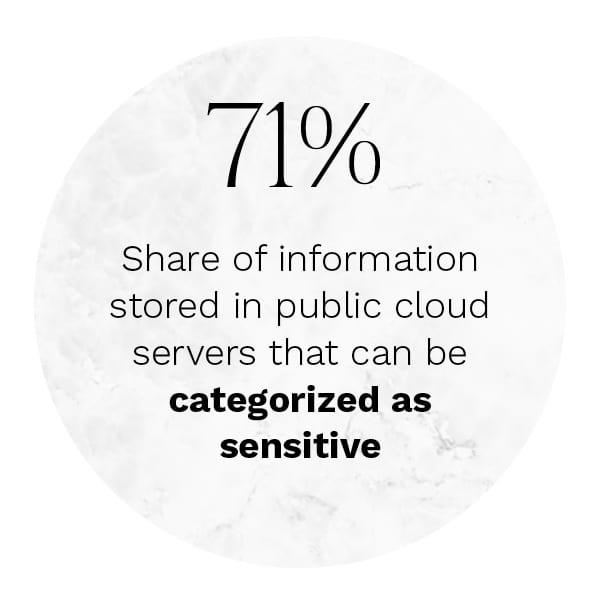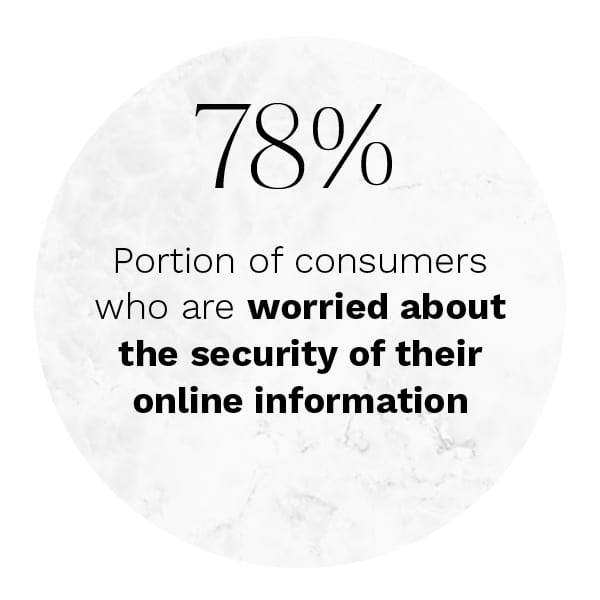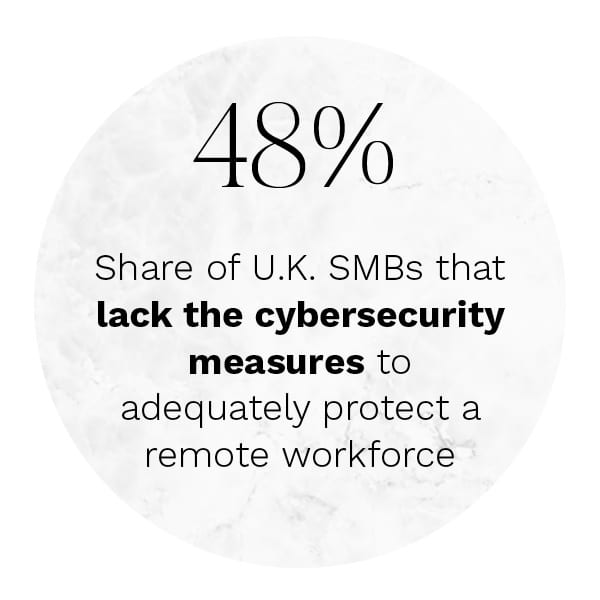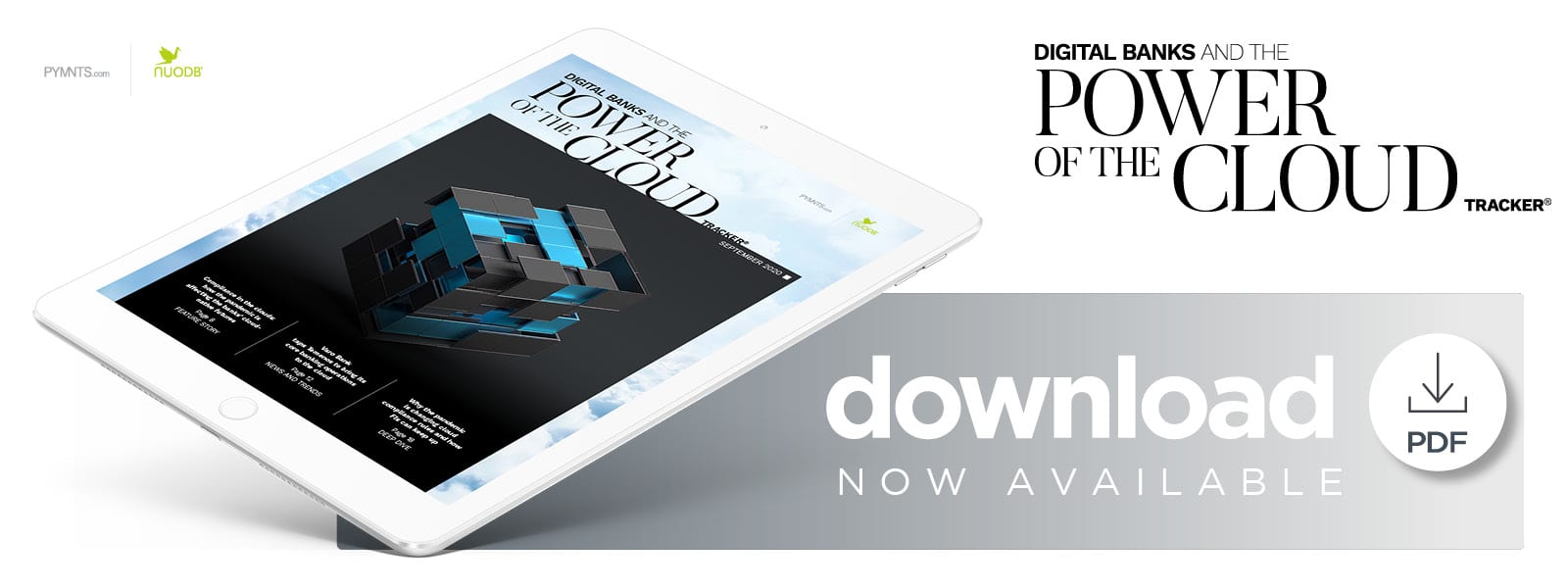Fidor: How Cloud-Based Banking Helps With Compliance

Consumers moved to digital banking in droves during the early months of the COVID-19 pandemic — it appears they are not moving back. A significant portion of consumers in various global markets are even planning to increase their use of digital banking services in the coming months, which means banks are going to need to seamlessly support a new flood of digital consumers’ requests, as well as the data that comes with them.
 Many financial institutions (FIs), especially online-only entities, moved their digital banking infrastructure to the cloud years ago to prepare for a rising crop of digital users, but the pandemic’s impact goes deeper. Consumers pivoting to online banking are also more concerned over the privacy and security of their data, especially as fraud volumes creep up —and financial regulators are taking notice. Many are debating upgrades or shifts to their data security standards, meaning that FIs will need to move fast to make sure where and how they are using cloud technologies to store this information complies with those changes.
Many financial institutions (FIs), especially online-only entities, moved their digital banking infrastructure to the cloud years ago to prepare for a rising crop of digital users, but the pandemic’s impact goes deeper. Consumers pivoting to online banking are also more concerned over the privacy and security of their data, especially as fraud volumes creep up —and financial regulators are taking notice. Many are debating upgrades or shifts to their data security standards, meaning that FIs will need to move fast to make sure where and how they are using cloud technologies to store this information complies with those changes.
In the September “Digital Banks And The Power Of The Cloud Tracker®,” PYMNTS analyzes how the ongoing pandemic is affecting how banks, consumers and regulators view online data privacy and security — and what this means for the way that banks use cloud technologies to store or transact that data in the future.
Around The Cloud Banking World
One thing that is also inspiring new regulatory scrutiny regarding digital data and the cloud is consumers’ shifting opinions about the security and privacy measures that are attached to its storage. One recent survey found that 78 percent of consumers are either “concerned” or “very concerned” about the current state of their data security, something that could impact what personal details they are willing to share online or with their FIs. Some expressed hesitancy surrounding sharing their U.S. Social Security or other identification numbers, for example, indicating that they may be looking for different standards or assurances regarding where this data is kept and how it is protected.
 Banks are continuing their ongoing movement to the cloud even as data and security questions continue to grow. Digital-only challenger bank Varo has partnered with third-party cloud technology provider Temenos to bring its core banking to the cloud, for one example. This move will enable the challenger bank to make any changes to its software or upgrades to its digital product offerings with more swiftness, according to a recent statement on the partnership by Varo’s CEO Colin Walsh. This will, in turn, enable the bank to have an advantage over competitors that have not yet made this jump to the cloud.
Banks are continuing their ongoing movement to the cloud even as data and security questions continue to grow. Digital-only challenger bank Varo has partnered with third-party cloud technology provider Temenos to bring its core banking to the cloud, for one example. This move will enable the challenger bank to make any changes to its software or upgrades to its digital product offerings with more swiftness, according to a recent statement on the partnership by Varo’s CEO Colin Walsh. This will, in turn, enable the bank to have an advantage over competitors that have not yet made this jump to the cloud.
Another bank that is setting up to make the shift to the cloud is Australia’s Commonwealth Bank, an entity that recently set a five-year goal to move its infrastructure entirely onto the cloud. The bank has given itself a two-year extension on this deadline due to the ongoing pandemic, meaning it is expecting to become a fully cloud-native bank by 2027. The decision to migrate to such technologies comes as more of the FI’s consumers begin to make use of its online and mobile banking tools, a behavior that is likely to continue after the COVID-19 pandemic dissipates. It is therefore essential to have tools in place that can help manage this influx of mainly digital customers.
For more on these and other stories, visit the Tracker’s News & Trends.
How The Pandemic Is Shifting Banks’ Understanding Of Cloud Compliance
The coronavirus pandemic has pushed many more consumers to interact with their banks either exclusively or mostly online, meaning that the pressure is on banks to make sure that they can continue to serve this expanding crop of consumers at speed. This could mean lasting changes to the way these FIs structure their online data and services, especially when regulators are also sitting up and taking notice of the increasing jump to digital banking. Banks that are currently utilizing technologies such as the cloud must be ready to comply with these changing standards, explained Rudolf Schmidt, chief technology officer for German challenger bank Fidor in a recent PYMNTS interview.
To learn more about how banks using cloud technologies should augment their strategies to keep up with regulatory shifts, visit the Tracker’s Feature Story.
Deep Dive: Why The Pandemic Is Pushing Up The Cloud Compliance Innovation Curve
Banks worldwide have been trying to keep pace with rapid compliance changes for a number of years now — one 2019 study found regulatory agencies globally put forth 80,000 updates to their banking standards that year alone. This has left banks running to emerging technologies such as the cloud to make sure they can pivot as swiftly as they need to, but the continuing global health crisis is also affecting the development of rules surrounding online data and security. Banks must continue to comply with new regulatory changes flexibly, without losing the ability to provide the seamless service that their customers need as the pandemic continues to move more customers digital. This will require FIs to think more critically about where and how they are storing their data, and how technologies such as the cloud may be able to help.
To learn more about how the pandemic is affecting emerging cloud compliance standards, visit the Tracker’s Deep Dive.
About The Tracker
The“Digital Banks And The Power Of The Cloud Tracker®,” a PYMNTS and NuoDB collaboration, examines the latest developments in digital banking, detailing how banks are utilizing the cloud and other innovative tools to enhance and personalize finance.

